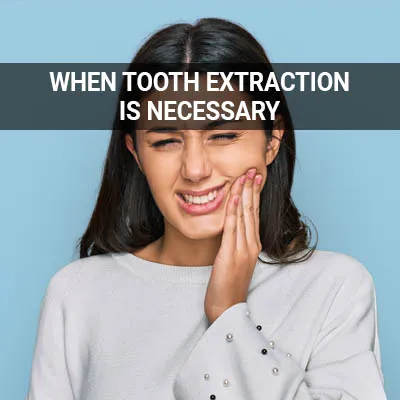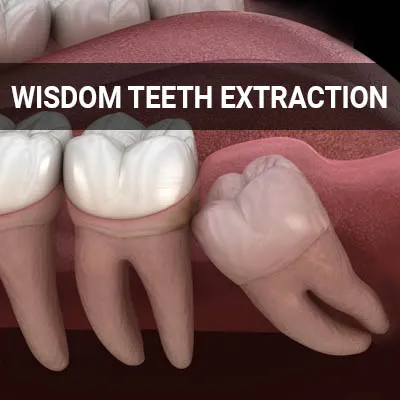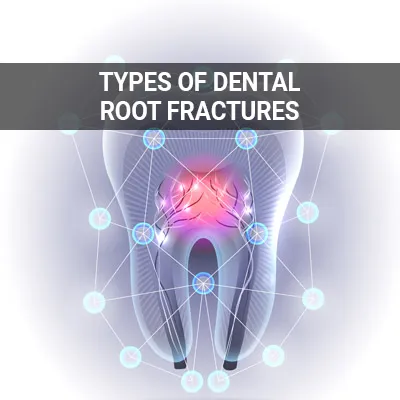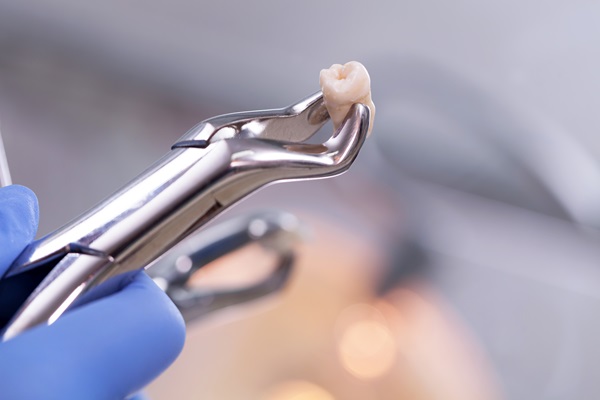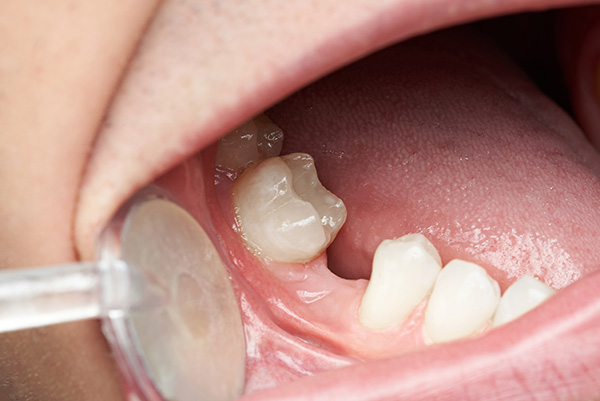Tooth Extraction Rosenberg, TX
A tooth extraction can be an essential part of maintaining one's dental health. Contrary to popular belief, wisdom teeth are not the only teeth that may need extraction. Tooth extraction can improve the overall functioning of the mouth.
Tooth extraction is available at KRB Dentistry in Rosenberg and the surrounding area. Many patients find that tooth extraction relieves them of unnecessary pain and restores their quality of life. Call us today at (832) 361-3929 to learn more and schedule an appointment.
Signs Indicating Need for Extraction
There are various reasons a patient would require a tooth extraction, most commonly involving severely decayed or damaged teeth. Extractions are often a result of impacted teeth, trauma, infection, or risk of infection from another disease or condition. The patient is usually able to notice the signs and symptoms of a compromised tooth. Along with that, a dentist can usually spot indicators during a routine oral exam.
Signs and symptoms that are common in a tooth requiring extraction:
- A loose tooth
- An impacted baby tooth
- Difficulty or pain when chewing
- Jaw pain, soreness, or stiffness
- Spacing or overcrowding issue
- Swollen gums or jaw
- The tooth or gum tissue surrounding a tooth is infected or inflamed
Patients who are experiencing any or all of these symptoms should contact KRB Dentistry to request an examination. Extractions are typically done in one visit, with recovery taking one to two weeks with proper care.
“Extractions are often a result of impacted teeth, trauma, infection, or risk of infection from another disease or condition.”
Preparing for an Extraction
Before setting an extraction appointment, we typically perform a thorough physical examination and consultation. There are various factors that can impact an extraction, including general health conditions, diseases, and prior or future treatments/procedures. Once we determine that the patient is a good candidate for extraction, we will set the appointment and provide guidelines for before and after the procedure.
Preparation for an extraction depends on the type of procedure: simple or surgical. A simple extraction for easily visible and accessible teeth involves a local anesthetic which will only numb the extraction area. A surgical extraction is generally for teeth that are below the gumline and require small incisions to reach. In most surgical extractions, an IV or general anesthesia will help keep the patient calm and relaxed throughout the often lengthy procedure.
“Preparation for an extraction depends on the type of procedure: simple or surgical.”
Process of an Extraction
Once the extraction site and surrounding areas are completely numb, we can safely start the extraction procedure. Teeth are firmly attached to periodontal ligaments in the gums. The first step is to carefully detach the tooth from the ligament fibers using a thin blade. We will place gauze behind the site and toward the back of the throat to prevent the patient from accidentally swallowing the tooth.
In a simple extraction, we use a special instrument known as an elevator to loosen the tooth out of its socket. In surgical extractions, we will need to make small incisions around the encapsulated tooth to expose it. In some cases, the tooth will require removing bit by bit; in others, the tooth may be visible enough to extract whole using the elevator.
“The first step is to carefully detach the tooth from the ligament fibers using a thin blade.”
Check out what others are saying about our dental services on Yelp: Tooth Extraction in Rosenberg, TX
Aftercare for Tooth Extractions
Patients should prioritize maintaining the blood clot that forms in the socket left behind by the extraction, as this will prevent complications like dry socket. Patients need to set aside the first 24 hours after the procedure for rest and change the gauze as needed. However, the gauze should remain in the mouth for a few hours, so there is adequate time for the blood clot to form. Patients should refrain from rinsing, using straws, spitting, blowing their nose, sneezing, or smoking as the clot heals. Any discomfort should be manageable through over-the-counter pain relievers and cold compresses. Patients should keep their head elevated in their sleep to avoid blood from pooling in the head.
“Patients need to set aside the first 24 hours after the procedure for rest and change the gauze as needed.”
Questions Answered on This Page
Q. What should I do after my tooth extraction?
Q. What are some of the signs indicating a need for tooth extraction?
Q. How does a dentist prepare a tooth for extraction?
Q. What happens during a tooth extraction?
Q. What are possible risks and side effects of a tooth extraction?
People Also Ask
Q. What are some of the reasons one might need a tooth extraction?
Q. Why is routine dental care important?
Q. What if a crown or root canal cannot save my cracked tooth?
Q. How do lifestyle choices affect dental health?
Possible Risks and Side Effects
There are general side effects that result after a tooth extraction, such as inflammation, swelling, and pain or discomfort. These symptoms often dissipate on their own over the first few days. However, some cases of extraction can result in complications, and it is a good idea to know them before deciding to undergo an extraction.
One of the most common risks of extraction is dry socket, which occurs when a blood clot does not form or is dislodged, exposing the bone underneath. Dry sockets can delay healing, progress infection, and aid in the development of chronic bone infection or osteomyelitis. Other possible risks of a tooth extraction include the bite collapsing (in cases of more than one tooth extracted), osteoradionecrosis (death of underlying bone), nerve injury, and maxillary sinus exposure (a hole exposing the sinus).
“One of the most common risks of extraction is dry socket, which occurs when a blood clot does not form or is dislodged, exposing the bone underneath.”
Frequently Asked Questions
Q. How long does the pain last after an extraction?
A. Recovering from an extraction varies from patient to patient, but healing time generally lasts from one to two weeks. Pain stemming from the extraction site may be present for the first 48-72 hours, but patients should take their medications as prescribed to reduce pain and aid with healing. Patients experiencing pain that lasts longer than two weeks should immediately call us to schedule a follow-up appointment.
Q. Will I need any other appointments following the extraction procedure?
A. In most cases, we like to schedule a follow-up appointment with all patients who have undergone an extraction. Whether the procedure was minor or severe, blood clots can dislodge without a patient realizing, and other complications may not exhibit signs. During the follow-up, we will check the extraction site, clean it thoroughly, and discuss possible tooth replacement options.
Q. Are wisdom teeth always extracted?
A. Wisdom teeth only need to be extracted when they are impacted, causing pain or pressure, or are pushing inwards to the neighboring teeth. In most cases, these signs are evident when the wisdom teeth first erupt, but they may become apparent later in adulthood as well. We will discuss whether a patient should remove their wisdom teeth when it becomes necessary.
Q. How much do extractions cost?
A. Each extraction procedure is different and will vary in cost. We encourage patients to speak with their insurance provider to better understand their plan and coverage. We can also work with patients to figure out a payment option that works best for them.
Q. What happens if I have a complication after an extraction?
A. Most complications that arise after an extraction can be treated. In cases of dry socket, we can thoroughly flush out the infection and apply a medicated dressing to seal the hole. For other complications, there may be a treatment or surgery that follows to treat the condition and keep the oral cavity healthy.
Dental Terminology
Learn More Today
For many patients, tooth extraction can help reverse the damage done by trauma and decay. We at KRB Dentistry may be able to help. Call us today at 832-361-3929 to learn more and schedule an appointment.
Helpful Related Links
- American Dental Association (ADA). Glossary of Dental Clinical Terms. 2024
- American Academy of Cosmetic Dentistry® (AACD). Home Page. 2024
- WebMD. WebMD’s Oral Care Guide. 2024
About our business and website security
- KRB Dentistry was established in 2014.
- We accept the following payment methods: American Express, Cash, Discover, MasterCard, and Visa
- We serve patients from the following counties: Fort Bend County
- We serve patients from the following cities: Rosenberg, Richmond, Cumings, Pecan Grove, and Pleak
- National Provider Identifier Database (1124126479). View NPI Registry Information
- Healthgrades. View Background Information and Reviews
- Norton Safe Web. View Details
- Trend Micro Site Safety Center. View Details
Back to top of Tooth Extraction



